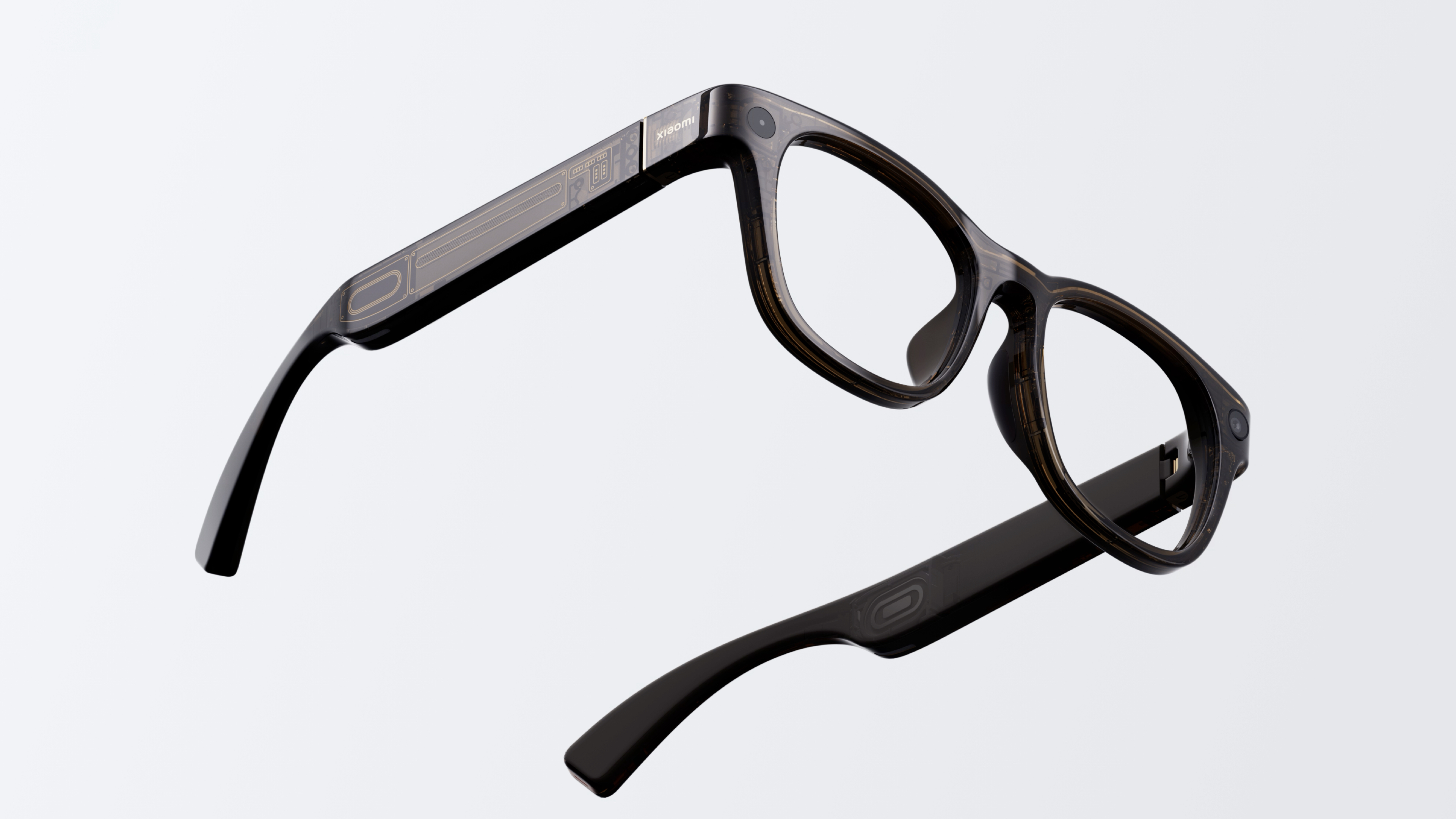"I just love capturing the magic of the night sky," reveals astrophotographer Josh Dury
UK astrophotographer Josh Dury on night-sky success, his passion for documenting natural skies, a brand-new book and an appearance at The Photography Show 2025

Josh Dury has been fascinated by the night sky since he was young. At seven, he loved watching the animated series Biker Mice from Mars (and programs like The Sky at Night) and soon set about finding ways to view Mars himself.
Josh initially used CCD cameras for planetary imaging but later transitioned to landscape astrophotography due to the lower cost and improved technology that allowed him to capture the night sky. His love of astrophotography comes from his love of astronomy, and the idea that looking up at the night sky makes our problems feel small, rather than us.
His work is a love letter to the awe of stargazing, and improved noise handling, sharpness, and wide-angle lens development have all helped him improve his craft over the last five years. Josh is technically adept, too, and enjoys capturing a wide range of subjects after dark, from solar eclipses to Moon Halos.
He enjoys telling the story of a landscape rather than following online trends and has built relationships with many key sites, including the famous historical landmark of Stonehenge.
We sat down to discuss the challenges and joys of astrophotography, some of his biggest inspirations and mentors, and his top tips for budding night sky photographers.
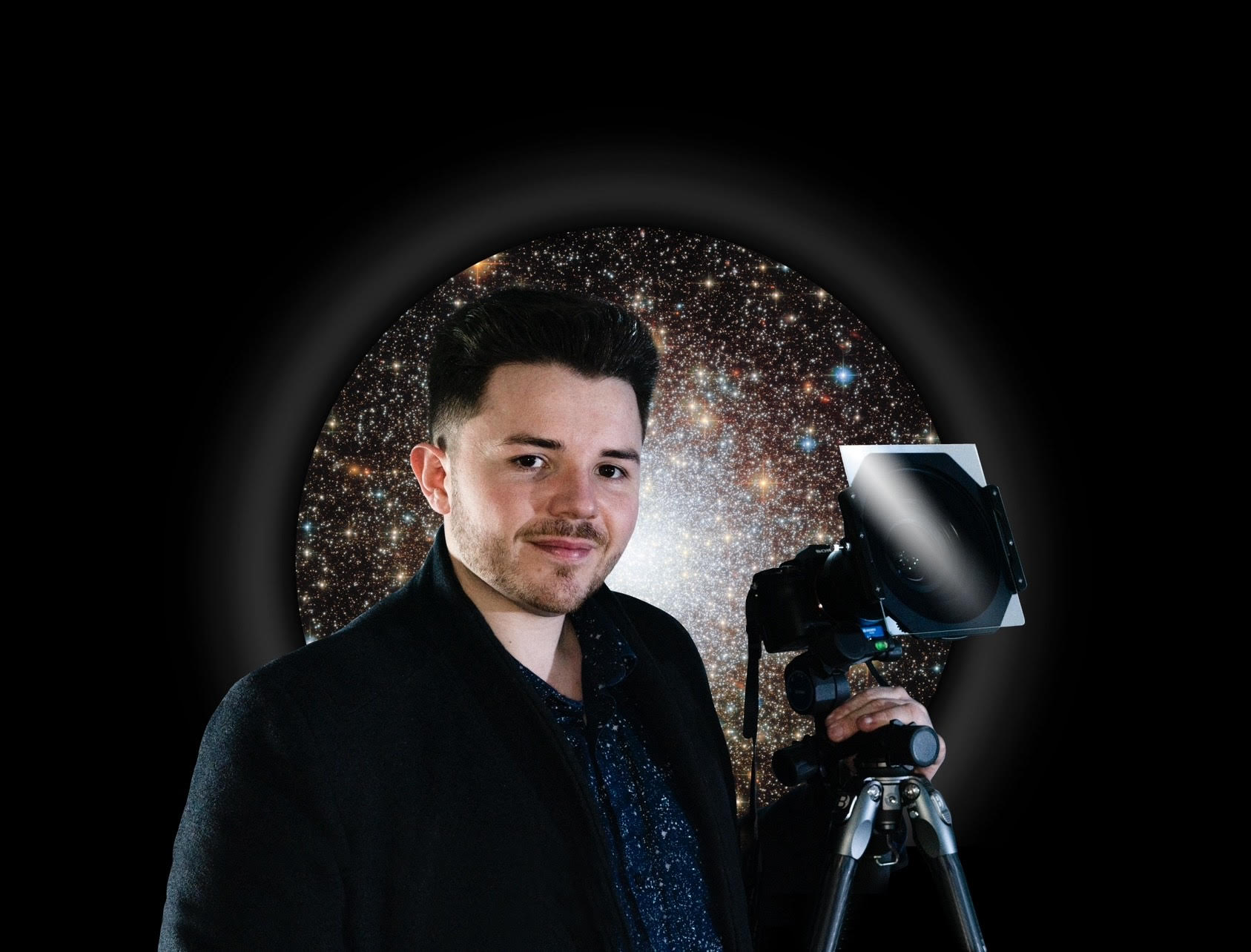
Josh Dury, also known as ‘Starman’, is an award-winning astrophotographer from Somerset, UK. His images have received endorsements from NASA, Astronomy Picture Of The Day, The World At Night (TWAN) and astronauts Buzz Aldrin and Tim Peake. Josh has made numerous television appearances discussing his work, including on CBS News, Sky News, ITV and the BBC's Points West regional news show. He’s also written astrophotography articles for major photo magazines such as Digital Camera and Amateur Photographer. Josh is a delegate of the International Dark Skies Association and has collaborated with photo brands such as Canon, Sigma, Benro, NiSi and Tenba. His upcoming book, 52 Assignments: Night Photography, will be published in April 2025. Josh will also share his top tips in his talk at this year's The Photography & Video Show.
Josh. Tell us how you got into astrophotography. What first inspired you?
It started when I was around seven when I was interested in looking at the planets. My fascination encouraged me to look through a telescope and want to document it somehow. That’s how I got into astrophotography. I started with a CCD camera, basically a web camera taking images, but I discovered that would become an expensive hobby, and I downgraded to take more landscape images because that was more affordable.
And you later took a course at university, didn’t you?
I went through a foundation degree and a full degree at the University of the West of England, Bristol, specializing in astrophotography. It was quite self-guided, and I’ve been pursuing a career as a freelance astrophotographer for the last few years. Everything exploded for me about two years ago.
The best camera deals, reviews, product advice, and unmissable photography news, direct to your inbox!
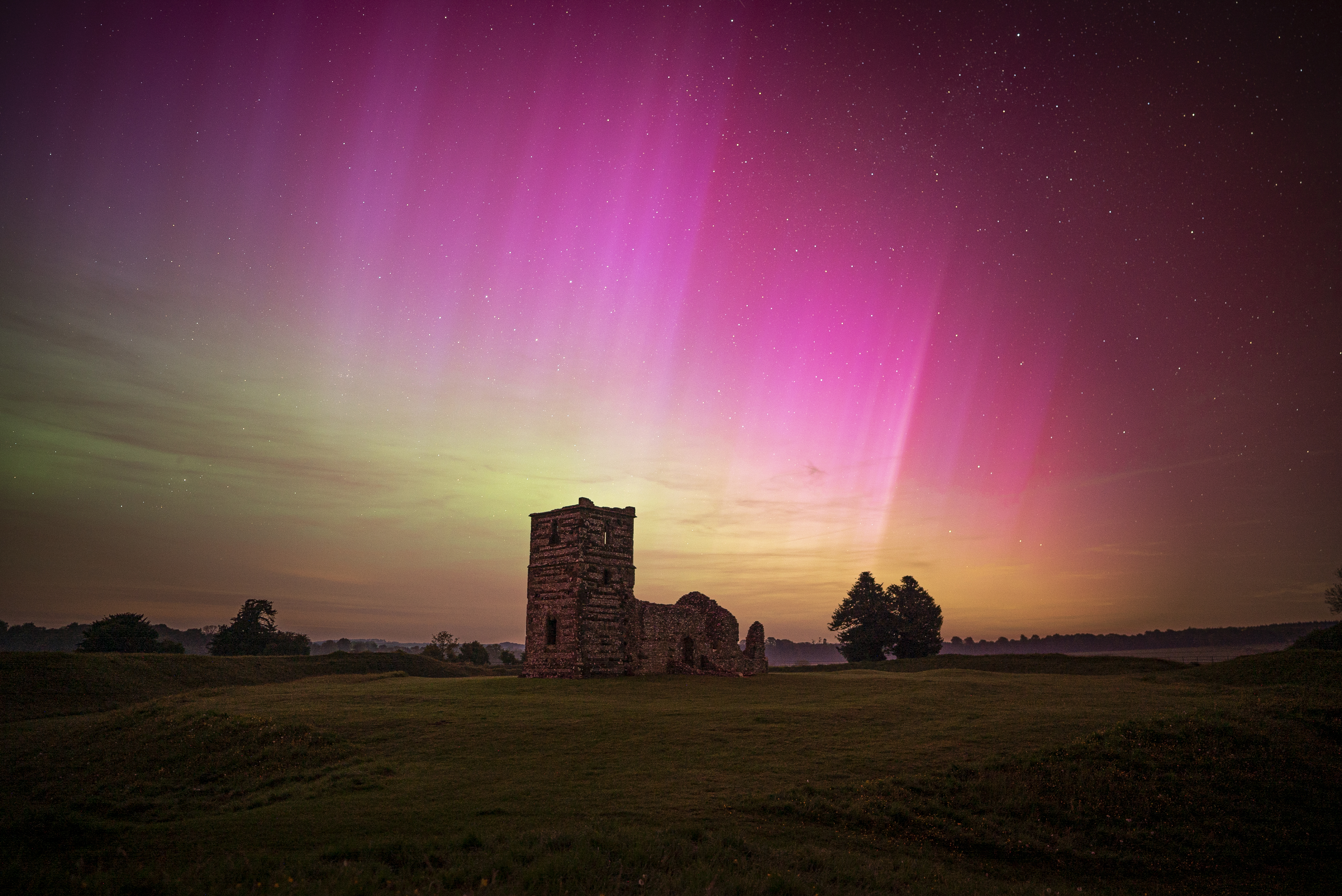
What was your big break? And the moment you decided to take your photography more seriously?
It was during my degree that I thought “I want to take this seriously,” but the opportunities have opened up for me over the past few years. I started being featured in magazines like Digital Camera and Amateur Photographer, which snowballed into interviews on the news and features with Sigma. I won a few awards too, including History Hit's History Photographer of the Year, and I was crowned Overall Winner of History Photographer of the Year for The Times in 2023.
What’s been the highlight of your career so far so far?
Good question. This year I was able to present a copy of my NASA Astronomy Picture Of The Day to ESA British Astronaut, Tim Peake – who very kindly reshared my picture. I gifted the image to him in thanks, and in person.
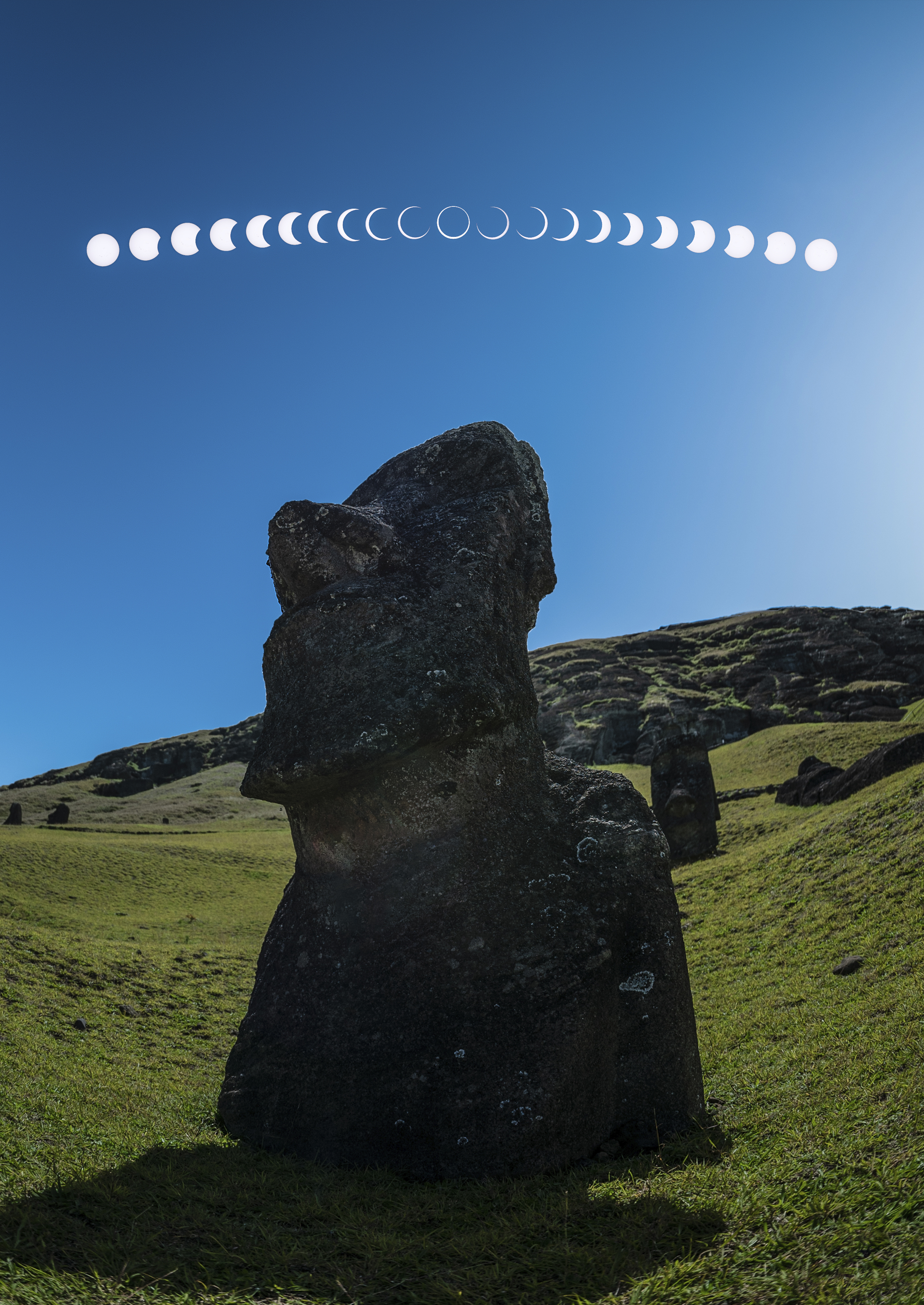
You were interested in space from a young age. So does your love of photography come from a love of the subject
Absolutely. What started as a curiosity about life on other worlds. That was the reason for looking up through a telescope. And when we go to observatories, that’s what we’re doing. It’s looking at the light from distant stars, and effectively looking back in time.
We don’t see things as they are instantly. So it all adds to this growing question of “What is our place in the universe?”. I just love capturing the magic, the splendors of the night sky.
Who inspires you, photographer or otherwise?
Alyn Wallace, who sadly passed away this year, has inspired a lot of my work. And he taught me a lot about astrophotography and the community. But I think you can get inspiration from many different places – books, star maps and charts, music.
A lot of my work is just personal interest. What is it that captivates you in a location? Is there a story of geography or natural history? I use inspiration to find new ways of telling stories because the photography market is so saturated.

You present talks and also write articles on astrophotography. Do you enjoy the balance?
I do. My work extends into so many avenues – I love to work with brands and show what the latest, cutting-edge examples of tech can do for Astro.
My new book 52 Assignments: Night Photography is to inspire others into the world of astrophotography with the equipment they’ve got available to them. So again, teaching comes into that as an important aspect, as I also run workshops and one-to-one sessions.
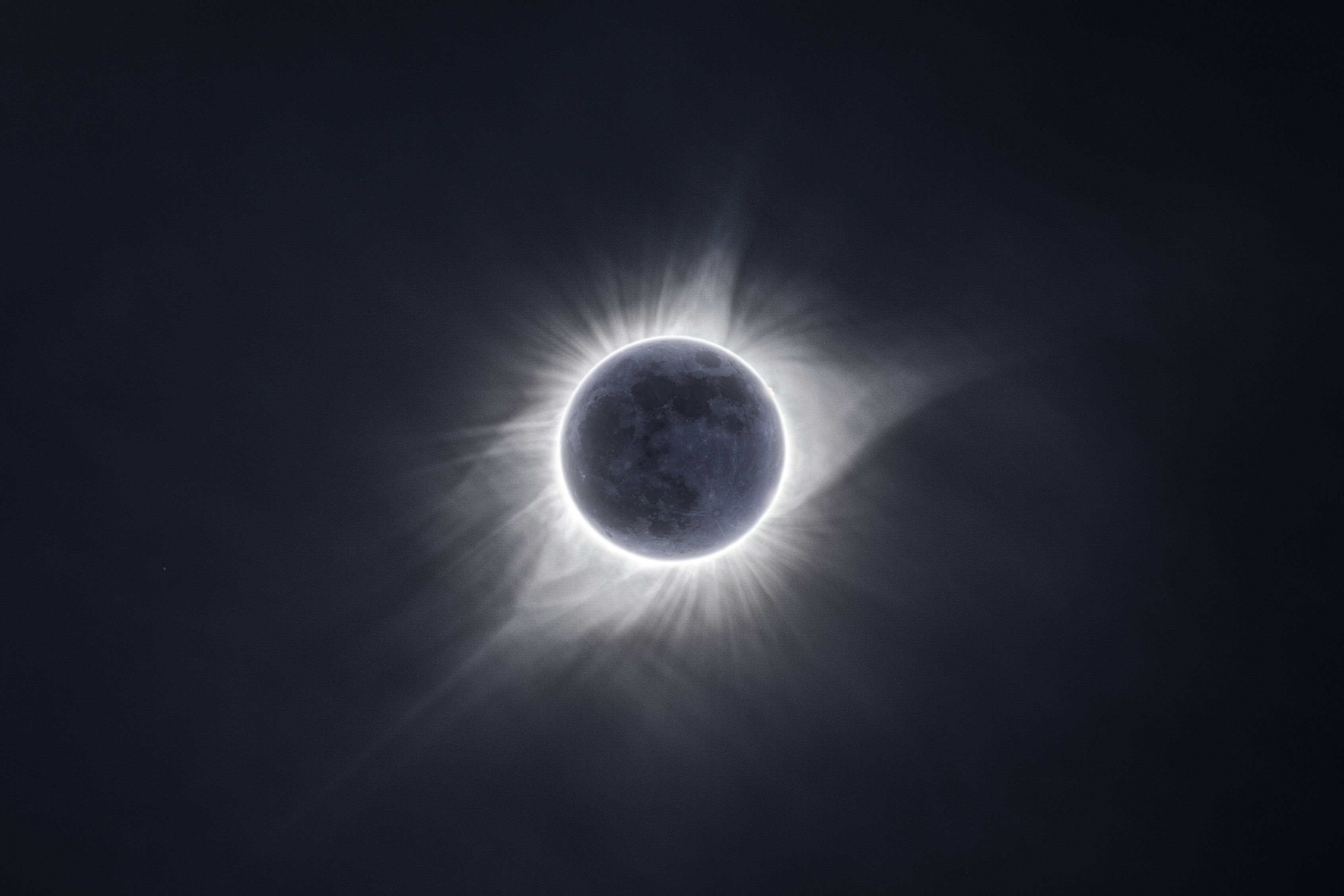
What advice do you give to beginner photographers?
They’re not necessarily technical tips, because everyone has different kit. Firstly I’d say don’t be put off by numbers and competition on social media, as that can knock your confidence if you’re an aspiring photographer.
The next is, to look for inspiration all the time. Analyse what aspects you like and don’t about certain images. And the third is a cliche, but remember to have fun. Because when you have less fun and less creativity, you produce less strong work.
What about technical tips?
For solar and lunar photography, I can’t explain enough how important a star tracker is. Because you could be taking photos over three hours or more, and you want to capture high-clarity images.
The only way of doing that is by using a star tracker to keep your subjects in the centre of the frame. It takes a while to get used to using one because you need to understand polar alignment, but you can work out these alignments during the day with your phone.
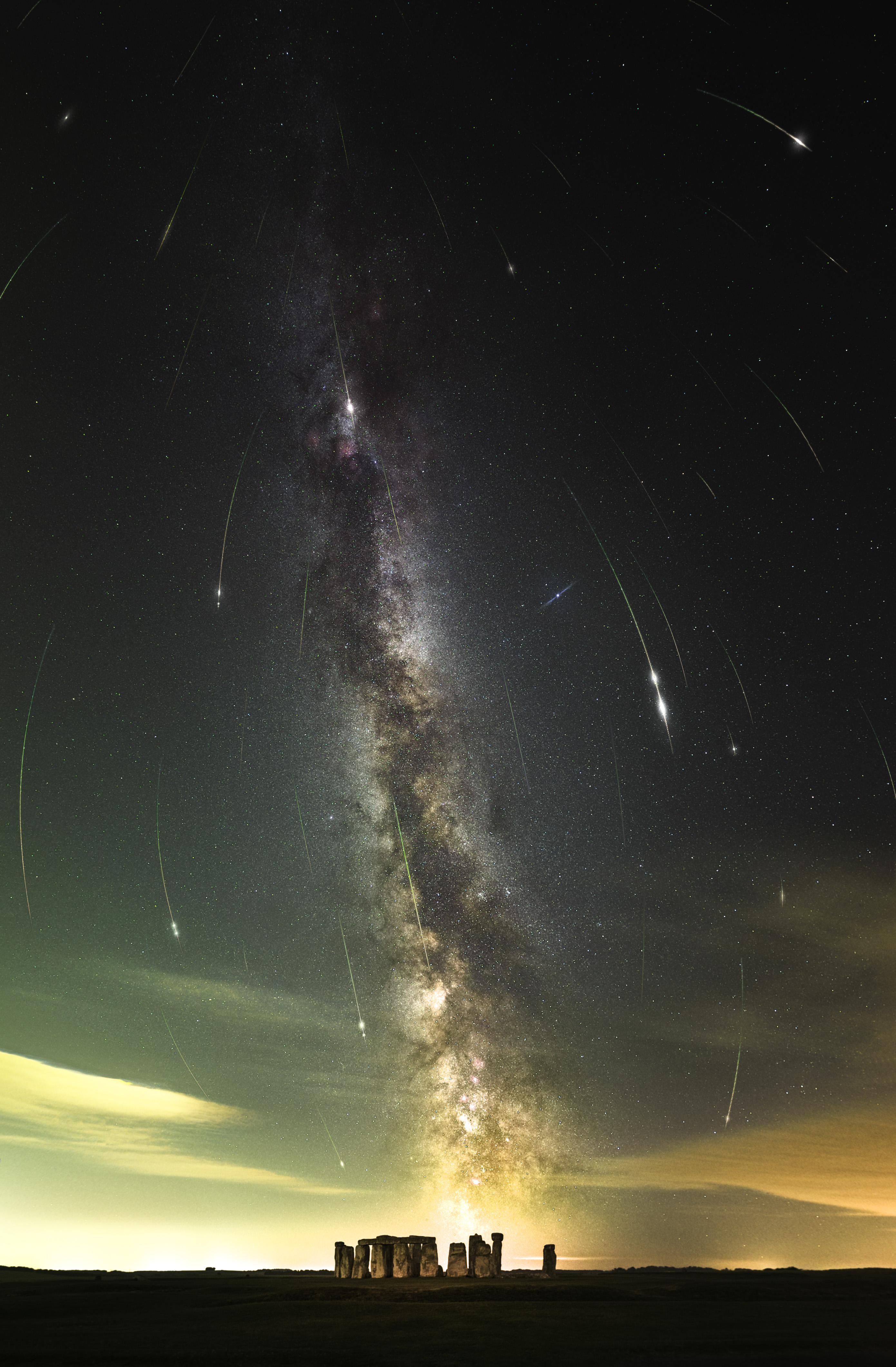
How do you work out the exposure for an image tracked over several hours?
We had both a lunar and solar eclipse last month (at the time of talking). With a lunar eclipse, you want to be capturing just enough contrast between surface details on the moon, so you get the light and shade without blowing the highlights. So you can figure it out by flicking between the shutter speeds and just trying to balance out the peak on your histogram.
That approach also works for the sun, but when it’s bright I suggest getting solar filters. These are so important because you could damage your equipment and your eyes, trying to compose with that level of sunlight.
What are your most used camera settings?
I always want full control over the camera, so I always use Manual exposure mode. But really, it’s down to judgment in the moment. So if you watch the Moon rise, you have to be selecting your shutter speed at that moment and you’re taking a gamble. It’s trial and error.
I use a lower ISO to preserve image detail with solar and lunar photography, and for wider astro landscapes I’ll push it up to ISO2000, ISO3200 to get the necessary detail in the sky.
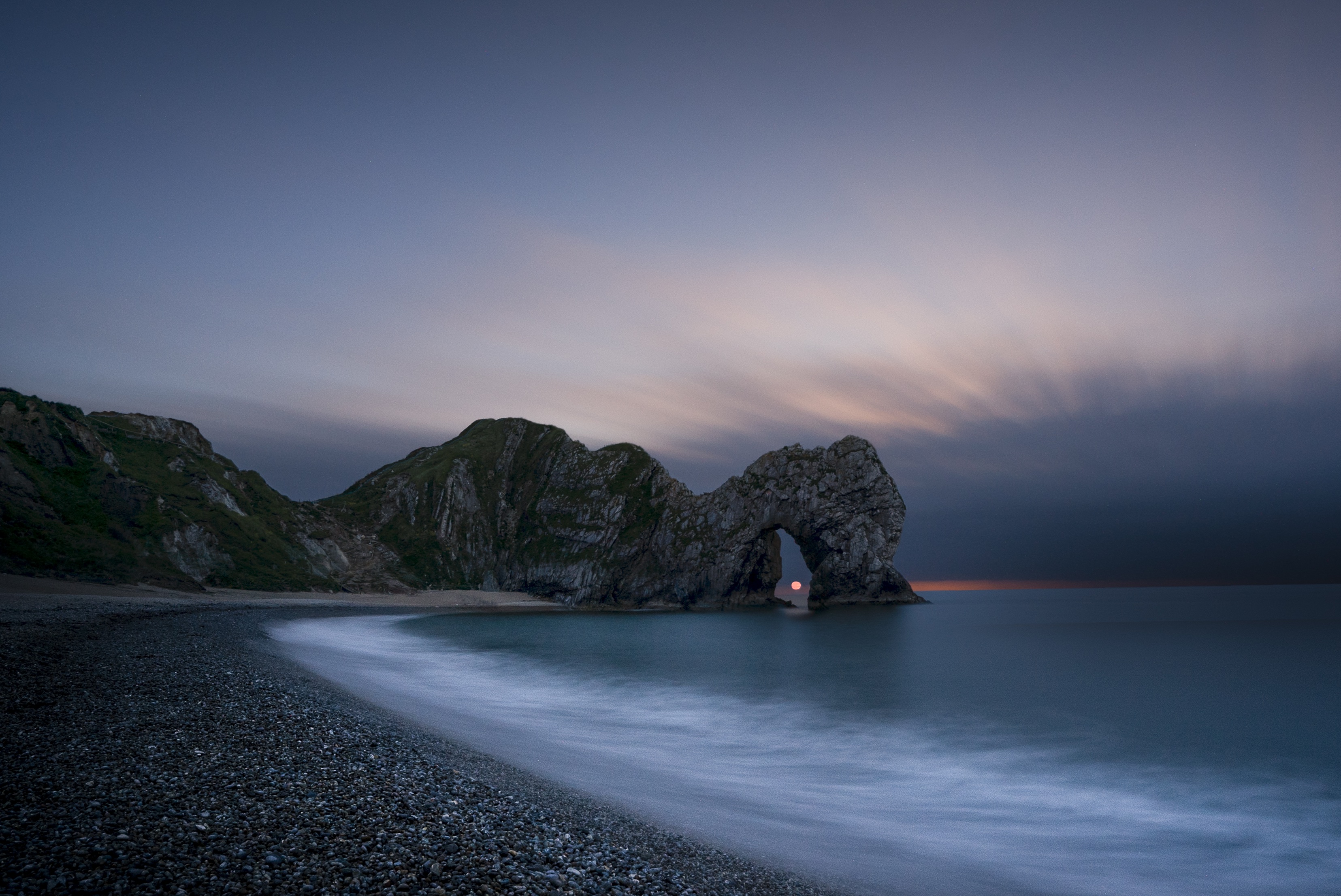
You used CCD cameras early on, but what was your first DSLR?
It would have been a Nikon D3200, but I quickly wanted to look for what was the cutting-edge equipment and got a Canon EOS 5D Mark III. It’s a camera I’ve still got now. I sometimes shoot with Sony, but my Canon cameras are much better suited to telephoto work if I’m shooting events like eclipses, the sun, and the moon.
How has technology changed the field of astrophotography?
It’s changed so fast. You look at low light capability now and what’s happened with pushing to those higher ISOs and how much you can resolve grain, it’s incredible for the work I do. And then there are lenses.
Sigma has produced lenses up to f/1.4 aperture with a 15mm fisheye view. All of this is letting light into cameras in a way which has never been done before. Even mobile technology and what people can shoot on their phones are changing the way people interact with the night sky.

Do you enjoy public speaking? Or is it more that you're passionate about the subject?
The bigger the audience, the better. I enjoy vocalizing the joy of astrophotography and hopefully getting people to look up again, and even to change their attitude towards things like light pollution. When you’re in an environment, and taking pictures, I think you’re more aware of the fragile light of stars.
In talking, I’m sharing advice for compelling photos, but I’m also creating a motion for astrophotography and hopefully encouraging people to think twice about their actions. We can preserve the glorious dark skies we have left.
You’ll be appearing at The Photography Show in March. Could we have a preview of your talk?
I want to cover a broad spectrum – a sweeping guide to capturing the Moon and the stars. I’m so excited for The Show to find a new home in London at the Excel, and can’t wait to meet that audience.
Book your ticket to The Photography & Video Show and save 20%
The Photography & Video Show 2025 is at the London Excel exhibition center, running for four days from Saturday, March 8 to Tuesday, March 11. It is open 10:00 to 17:00 every day. You'll find everything you need to know here.
The Photography & Video Show is presented by Future plc, which is also the parent company of Digital Camera World.
A longer version of this interview originally appeared in Issue 227 of Photo Plus magazine. Click the link below to see our latest special subscription deal!
PhotoPlus: The Canon Magazine is the world's only monthly newsstand title that's 100% devoted to Canon, so you can be sure the magazine is completely relevant to your system. As a subscriber, you’ll enjoy big savings on shop prices and the convenience of having every issue delivered hot off the press. Every issue comes with downloadable video tutorials too.
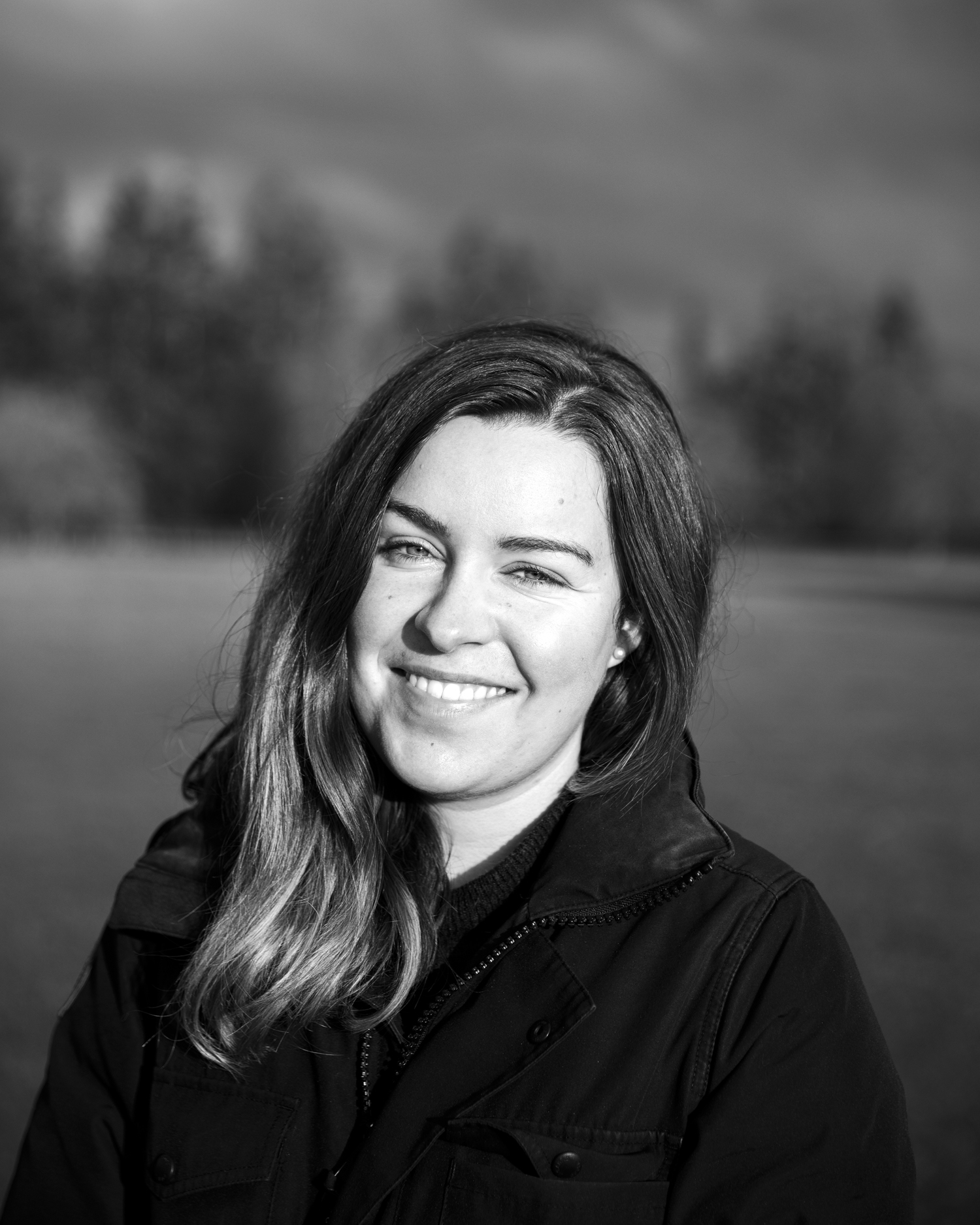
Lauren is a writer, reviewer, and photographer with ten years of experience in the camera industry. She's the former Managing Editor of Digital Camera World, and previously served as Editor of Digital Photographer magazine, Technique editor for PhotoPlus: The Canon Magazine, and Deputy Editor of our sister publication, Digital Camera Magazine. An experienced journalist and freelance photographer, Lauren also has bylines at Tech Radar, Space.com, Canon Europe, PCGamesN, T3, Stuff, and British Airways' in-flight magazine. When she's not testing gear for DCW, she's probably in the kitchen testing yet another new curry recipe or walking in the Cotswolds with her Flat-coated Retriever.
- Adam WaringGuides Editor
You must confirm your public display name before commenting
Please logout and then login again, you will then be prompted to enter your display name.

